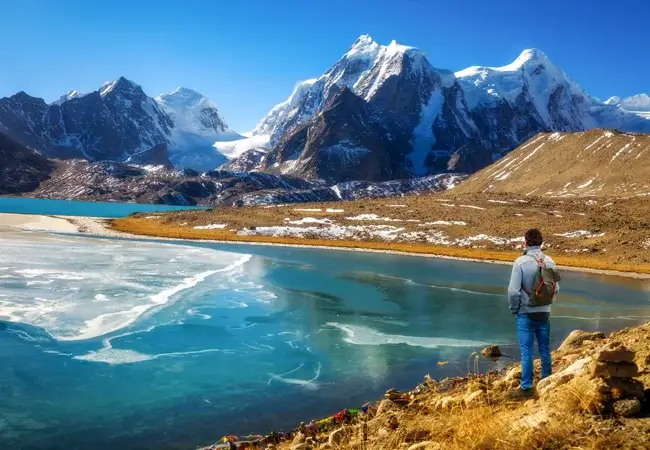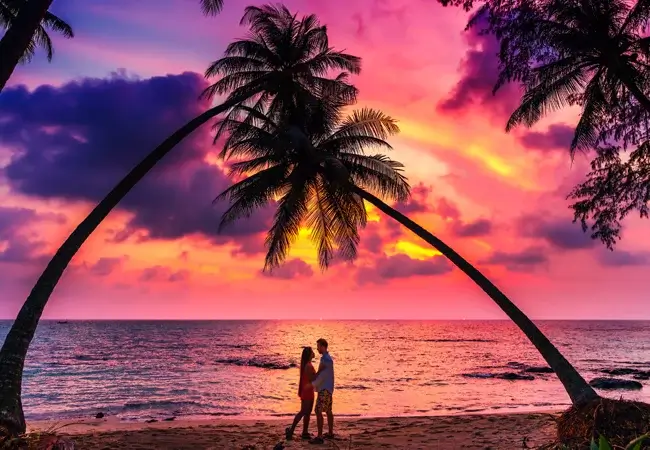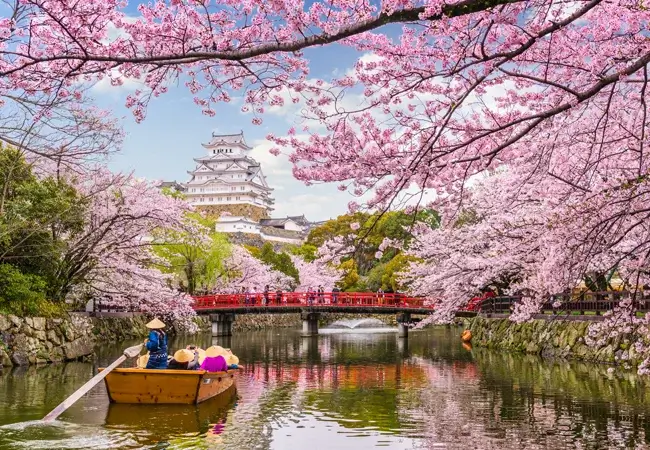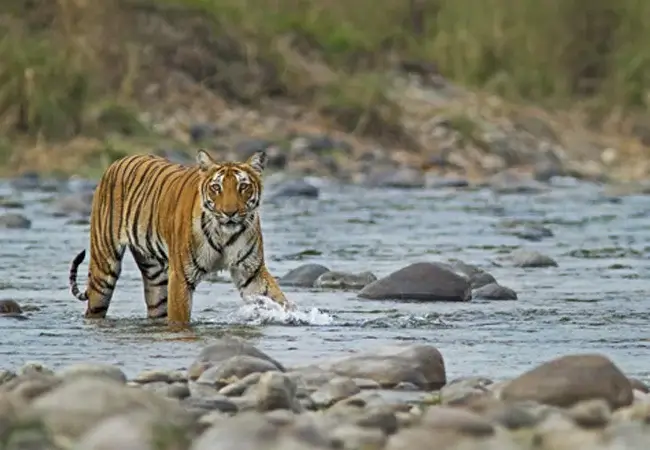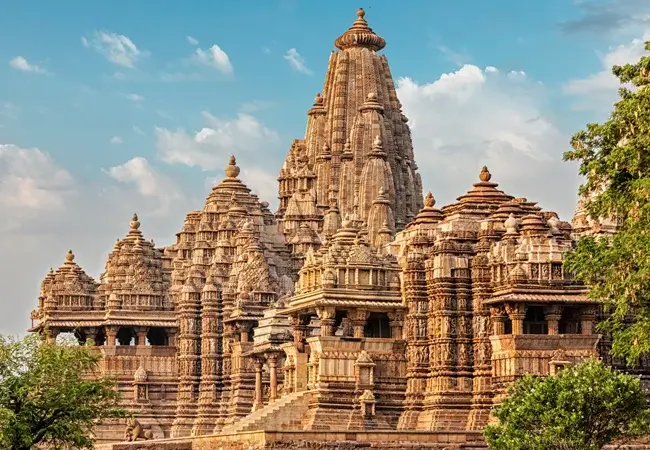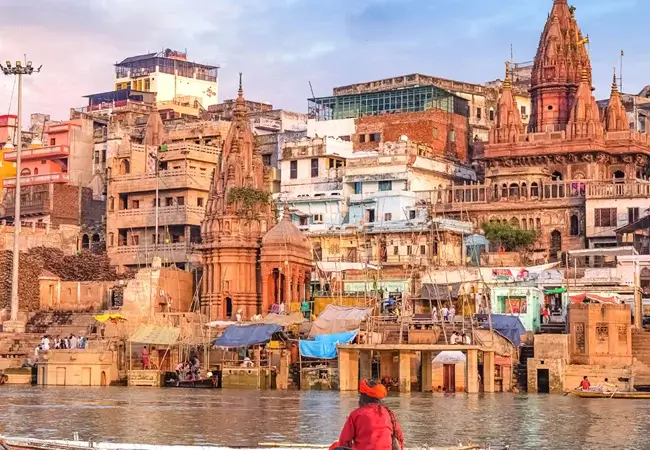Gujarat is known for its ancient temples and cultural heritage. People from all over the World visit Gujarat every year to offer their prayers to the temples having spiritual significance. Moreover, this state has always been a succession of races, settlers as well as conquerors and with the passing of time, they have amalgamated their culture into its own. As a consequence, they have successfully created a wonderful fusion of new and unique ideas and old-World traditions. Moreover, this state is also abundant in crafts, history, and natural beauty. Since it is home to the “Father of the nation” Mahatma Gandhi, it continues to attract tourists that comprise artists, scholars, intellectuals, and businessmen.
Gujarat is famous for its beaches, historic capitals, and holy temples. Religious spots of Gujarat include Dwarka, Somnath, Pawagadh, Ambaji, Bhadreshwar, Shamlaji, the Jain temples at Taranga, Girnar, and Palitana with around 800 temples spread on the sacred Shetrunjaya hill, and the oldest fire temple of the Parsees at Udwada. Somnath is a magnificent temple situated in Sagar Kant of Saurashtra in Gujarat. This place is also mentioned in Rigveda. The first temple of Somnath is believed to have existed 2000 years ago. In 1026, Mahmud Ghazni lent the precious jewels and property of this temple and also slaughtered innumerable pilgrims, and then burned the temple to destroy it. Though it was constructed again, it was subjected to a series of destruction from time to time.

Locals also call this temple Deo Patan which is a temple located at the heart of Prabhas Patan, Veraval in Gujarat. It is considered to be one of the most sacred pilgrimage sites and is believed to be the first out of the twelve Jyotirlingas shrines of the God Shiva. The shore temple of Somnath is believed to have been built in 4 phases- in gold by Lord Soma, in silver by Ravi, in wood by Lord Krishna, and in stone by King Bhimadeva.
Since this temple had been subjected to destruction and damage due to receiving continuous attacks from multiple Muslim invaders, it was reconstructed several times in the past. The most notable attack came from Mahmud Ghazni in the 11th century. The contemporary Somnath temple’s reconstruction was initiated under the supervision and guidance of the first Home Minister of India Vallabhbhai Patel and completed in 1951 after his demise.
The temple is known to contain Garbhgruh, Sabhamandap, and Nrityamandap with a 155 feet Shikhar. The Kalash at the top of the Shikhar weighs 10 tons and the Dhwajdand is 27 feet tall and 1 foot in circumference. The temple that underwent renovation under the supervision of Maharani Ahalyabai is adjacent to the main temple complex. Other spots inside this temple complex are Shri Kapardi Vinayak and Shri Hanuman Temple in addition to Vallabhghat. The temple is subjected to illumination every morning and the sound and light show “Jay Somnath” is also displayed every night from 7:45 to 8:45. It allows the devotees to have an ethereal experience in the backdrop of the grand Somnath temple and the holy wave sounds of the Ocean.

This temple is dedicated to Lord Shiva and is situated just at the center of Somnath and opposite Somnath Trust Dharmshala. According to popular belief, the Rajput King gave Mahmud Ghazni a tough fight and declined to surrender. Hence, they later decided to kidnap the king’s daughter named Veni who was a great devotee of Lord Shiva. When the soldiers of Ghazni tried to abduct Veni, the Shivlinga unexpectedly got divided and the princess got embryonic into Shivlinga. Thus, the temple here came to be known as “Veneshwar Mahadev". The hair of Veni and the marks of the sword on the Shivlinga being split open can still be seen on Shivlinga.
This temple is built in the South Indian style and is known to be created after the Laxminarayan Temple of Badrinath. The Vishnu temple present at the central circle of Somnath is built with a yellow-tiered gopuram and stands as a beacon to the start of the “temple trail”. Inside the main sanctum stands an idol of Lord Vishnu, along with his consort Goddess Lakshmi. This temple is believed to have a stream of devotees who come to pay respects to the divine “Shreevigraha” of Bhagwan Laxminarayan. Tourists visiting this temple can also create some tranquil moments while watching a breathtaking view of sunset on the banks of River Hiren.
Considered to be one of the oldest sun temple situated in Gujarat, the main deities of Surya Temple is Surya Dev and Chaya Devi. It is believed that during the agyatvas of Pandavas, they used to stay here and pray Surya Dev. However, the current structure of the temple is built around the 14th century. The idols of Lord Vishnu, Brahma, Goddess Lakshmi, Saraswati, Sita, and Parvati are also present along with the main deities inside the temple complex.
There is a Surya Kund attached to the temple. The Pandava cave is just adjacent to Sun Temple, which can be viewed from nearby Kamnath Mahadev Mandir of Sarada Math. Triveni Sangam is just 100m away from this temple. It is to be noted that the Surya Mandir was also attacked by Muslim rulers along with the Somnath Jyotirlinga Temple.
It is considered to be one of the most significant temples in Gujarat which is also known as Mahaprabhuji’s Bethak. Moreover, a tulsi tree has been planted here in honor of Lord Krishna. The Krishna Temple here is built using sandstone and the shrine of the Lord is an unusual idol in a semi-reclining position. Moreover, the temple also contains a beautiful tribhangi idol of Lord Krishna playing his flute.
According to legends, this was the place where Jara, the hunter, mistakenly shot an arrow at the feet of Lord Krishna, due to which the Lord left his earthly existence for his heavenly abode. This incident marked Lord Krishna’s departure from the earth and was the sign of the end of Dwapar Yuga. The meaning of the arrow is known as Bhal, so this pilgrimage site has been named Bhalka Tirth. This divine Leela of Lord Krishna is immortalized by a beautiful temple and an ancient peepal tree. A statue of a hunter, Jara is also present in front of Lord Krishna in this temple.
This temple lies on the banks of the holy river Triveni where Lord Parshuram is believed to have conducted his penance. This is one of the rare temples that have been dedicated to Lord Parashuram. Hence, this temple offers visitors and devotees scenic surroundings and picturesque landscapes. It is situated at a distance of 2 km from the Somnath Temple, the enroute to Dehotsarg. Parshuram is known to have carried out severe penance for the sin of killing many hundreds as a Kshatriya warrior, here. The temple is covered by dense trees and weeds, along with a couple of water bodies. The main Sanctorum has a black Parshuram idol holding his Sanctorum axe, with idols of Kama and Kala beside it. Moreover, there are other shrines of Lord Ganesha, Hanuman, and Parshuram’s mother Renuka also present on the premises of the main temple.
Situated at a distance of only 750 m from Somnath Temple, it is a serene beach glorifying the town of Somnath. It is one of the famous beaches that lie on the coast of the Arabian Sea, known for its sparking waves, clear waters, and long stretches of fine sand. The view that this beach provides is spectacular and is ideal for tourists who want to spend some time in solitude and embrace nature to release all kinds of stress and anxiety.
However, this beach is not ideal for swimming because the waves are extremely high and violent here. Tourists mainly visit this beach to enjoy the scenic beauty of the place. This beach remains accessible for tourists from 6 am to 6 pm.

Established in the year 1951, the Prabhas Patan Museum is known to house more than 3500 objects exhibited in 3 major categories. They include objects of art and archaeology along with a few specimens of natural history. Moreover, this museum is quite popular for stone sculptures as well as inscriptions and it also showcases different artifacts from history like carved stones, which are reminiscent pieces of some earlier temples. Tourists visiting this museum can also see inscriptions, five domes, 12th-century toranas, sacred water of several rivers, huge pillars, and 11th-century statues of Lord Agni, Uma Maheshwara, Lord Vishnu, Parvati, and Natya Bhairava. This museum is also known to have an assortment of seashells and pottery shards, along with inscriptions in Sanskrit and Persian languages and coins from different times.
The cuisine of Somnath mainly comprises vegetarian dishes. One can try a wide range of dairy products such as Lassi, Buttermilk, and Chaas. Besides, some of the most delicious Gujarati snacks in the area are Dhokla, Khakra, Fafda, Sev, Khandvi, and Khaman as well as sweets like Ghevar, Malpua, Shrikhand, Puran Poli, and many more.

The best time to visit Somnath is from September to March as the winters are quite cold and pleasant.






